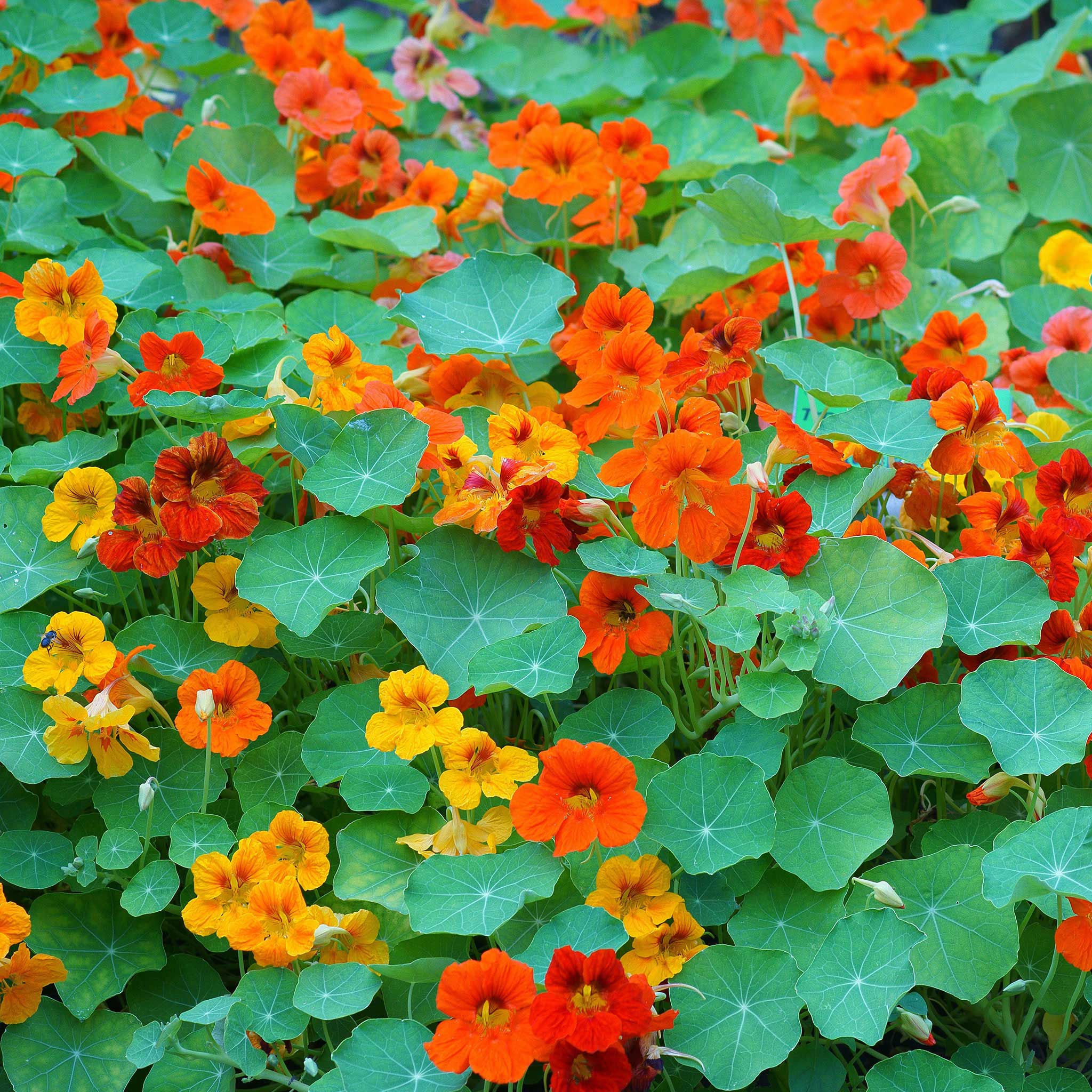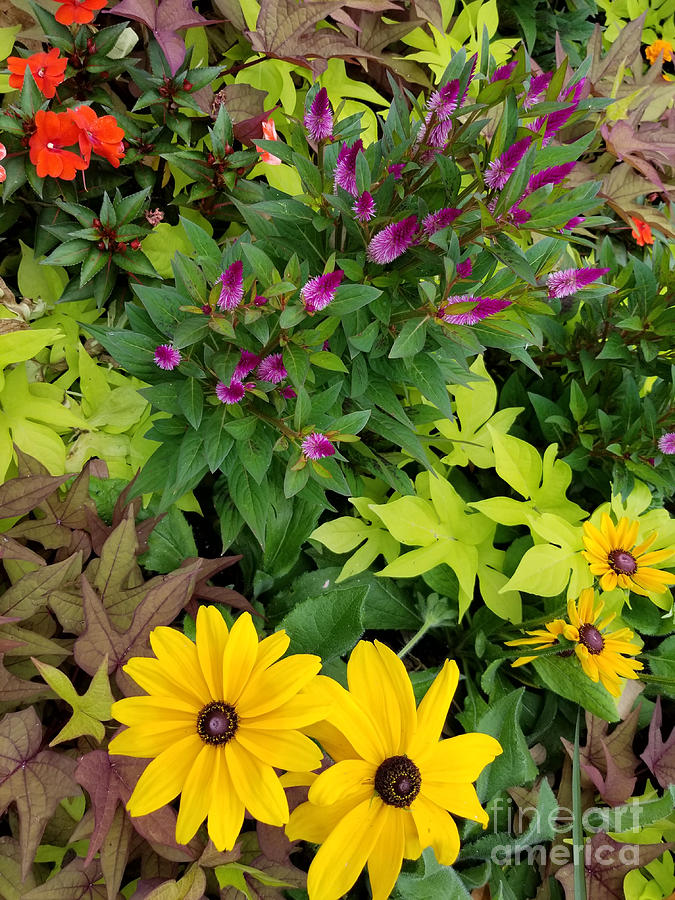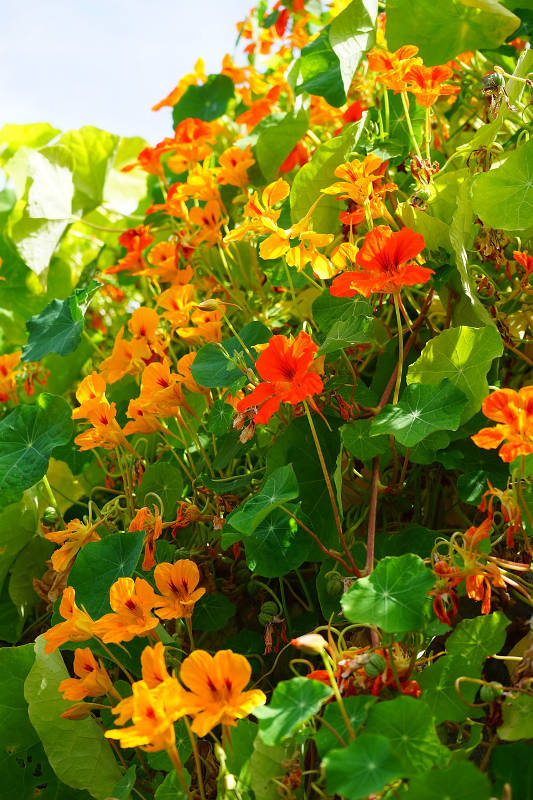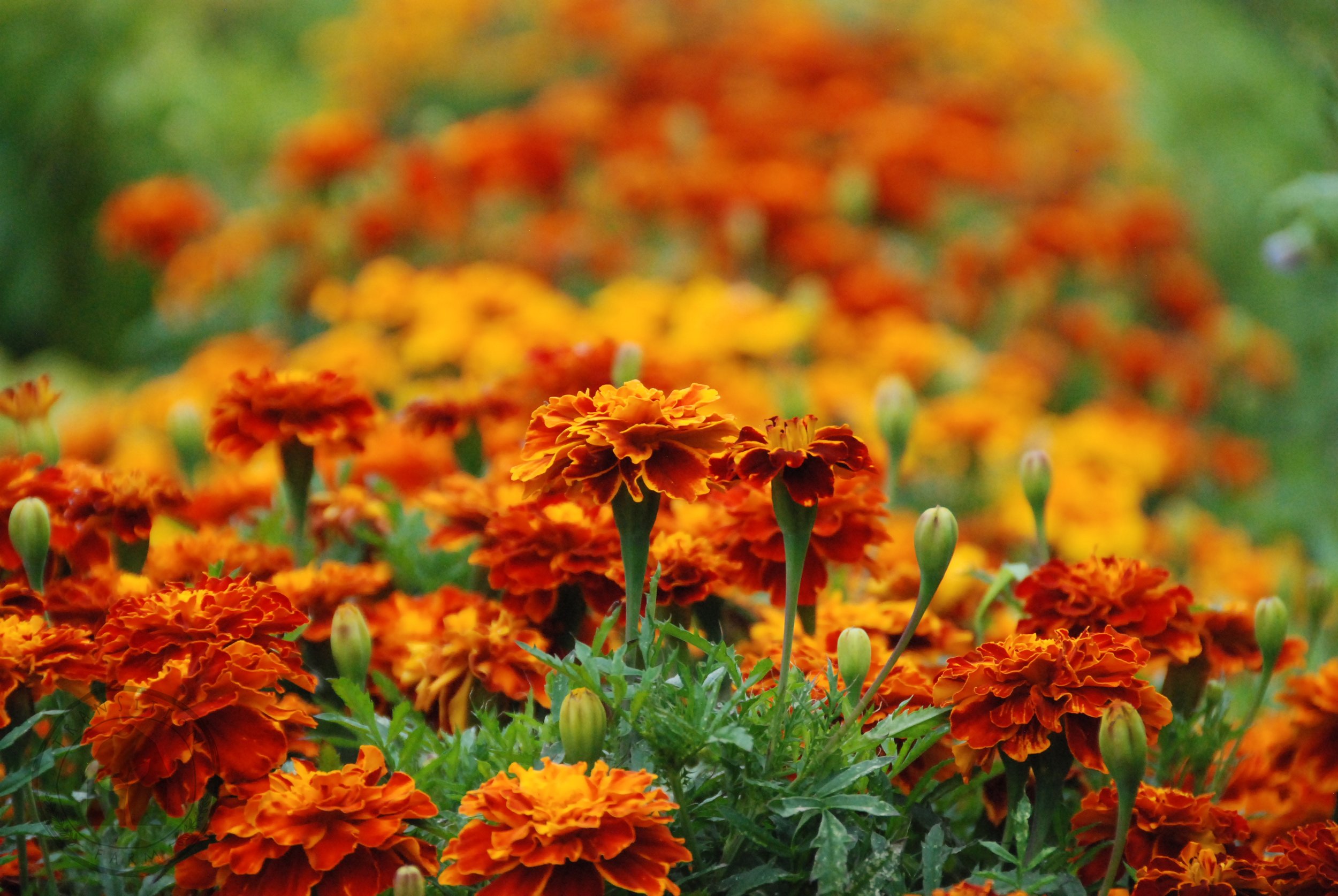The Best Celosia Companion Plants
Celosia is a beautiful and colorful flower that can add a touch of drama to any garden. But did you know that there are certain plants that can make celosia even more beautiful? Companion planting is the practice of planting different types of plants together in order to create a more harmonious and productive garden. When choosing companion plants for celosia, it is important to consider the following factors:
- Sunlight requirements: Celosia loves full sun, so you will want to choose companion plants that also require full sun.
- Water needs: Celosia is relatively drought tolerant, so you will want to choose companion plants that have similar water needs.
- Growing conditions: Celosia is a warm-season plant, so you will want to choose companion plants that are also tolerant of warm weather.
- Pest and disease resistance: Celosia is susceptible to a few pests and diseases, so you may want to choose companion plants that can help to deter these problems.
Here are some of the best companion plants for celosia:
- Zinnia: Zinnias are another sun-loving flower that blooms in a variety of colors. They are also drought tolerant and relatively pest-free, making them a good choice for companion planting with celosia.

- Marigold: Marigolds are known for their insect-repelling properties, which can help to protect celosia from pests like aphids and whiteflies. They also bloom in a variety of colors, so you can mix and match them with celosia to create a colorful garden display.

- Petunia: Petunias are another popular annual flower that is easy to care for and blooms in a variety of colors. They are also relatively drought tolerant, making them a good choice for companion planting with celosia.

- Salvia: Salvia is a beautiful flowering shrub that blooms in shades of blue, purple, and pink. It is also a good source of nectar for butterflies and other pollinators, which can help to improve the health of your garden.

- Nasturtium: Nasturtium is a colorful annual vine that is known for its edible leaves and flowers. It is also a good source of nectar for butterflies and other pollinators, and it can help to deter pests like aphids and whiteflies.

- Sweet potato vine: Sweet potato vine is a trailing plant that can add a touch of greenery to your garden. It is also relatively drought tolerant and can help to shade the roots of celosia plants, which can help to prevent them from drying out.

- Black-eyed Susan: Black-eyed Susan is a hardy perennial flower that blooms in shades of yellow, orange, and red. It is also a good source of nectar for butterflies and other pollinators, and it can help to attract beneficial insects that can help to control pests.

These are just a few of the many great companion plants for celosia. When choosing companion plants, it is important to experiment and find what works best for your garden. With a little planning, you can create a beautiful and harmonious garden that is full of colorful celosia flowers.
Celosia is a beautiful and colorful flower that can add a splash of vibrancy to any garden. But did you know that choosing the right companion plants can help to improve its growth and health?
Some of the best companion plants for celosia include:
- Ageratum (floss flower): This low-growing plant helps to suppress weeds and attract beneficial insects. Garden Wiki
- Angelonia (snapdragon): This tall plant provides shade for celosia and helps to deter pests. Garden Wiki
- Marigolds (tagetes): These colorful flowers help to repel nematodes and other pests that can damage celosia. Garden Wiki
- Nasturtiums (tropaeolum): These trailing plants help to improve the drainage around celosia and attract beneficial insects. Garden Wiki
- Zinnias (zinnia elegans): These bright flowers complement the colors of celosia and help to attract pollinators. Garden Wiki
For more information about celosia companion plants, please visit Garden Wiki. This website provides a comprehensive list of plants that can be grown alongside celosia, as well as information on the benefits of companion planting.
FAQ of celosia companion plants
- What are good companion plants for celosia?
Celosia is a warm-season annual that can grow up to 3 feet tall. It prefers full sun and well-drained soil. Some good companion plants for celosia include:
* Ageratum (floss flower): This plant attracts butterflies and other pollinators. It also helps to deter pests.
* Angelonia (snapdragon): This plant blooms for a long time and comes in a variety of colors. It also helps to deter pests.
* Tagetes (marigold): This plant is known for its insect-repelling properties. It also helps to improve the soil.
* Tropaeolum (nasturtium): This plant is edible and attracts beneficial insects. It also helps to deter pests.
* Zinnia: This plant blooms for a long time and comes in a variety of colors. It also helps to attract pollinators.
- What are the benefits of planting celosia with companion plants?
There are several benefits to planting celosia with companion plants. Companion plants can help to:
* Improve the soil quality.
* Deter pests and diseases.
* Attract pollinators.
* Lengthen the flowering period.
* Create a more visually appealing garden.
- How far apart should celosia plants be planted?
The spacing between celosia plants will depend on the variety of celosia you are planting and the desired effect. In general, you should space celosia plants 12-18 inches apart. If you are planting celosia in a row, you should space the rows 24-36 inches apart.
- What are the best conditions for growing celosia?
Celosia prefers full sun and well-drained soil. It can tolerate some light shade, but it will not flower as well. Celosia prefers a soil pH of 6-6.5. It is a relatively drought-tolerant plant, but it will need to be watered regularly during hot, dry weather.
- How do I care for celosia plants?
Celosia plants are relatively easy to care for. They need to be watered regularly, especially during hot, dry weather. They should also be fertilized every few weeks with a balanced fertilizer. Celosia plants can be deadheaded to encourage more flowering. They can also be pruned to maintain their shape.
Image of celosia companion plants
- Ageratum (Floss Flower): Ageratum is a low-growing annual that blooms in shades of blue, purple, and white. It is a good companion plant for celosia because it has similar growing conditions and helps to deter pests.

- Angelonia (Snapdragon): Angelonia is a tall, upright annual that blooms in shades of blue, pink, and white. It is a good companion plant for celosia because it attracts butterflies and hummingbirds.
- Tagetes (Marigold): Marigolds are annuals that bloom in shades of yellow, orange, and red. They are a good companion plant for celosia because they help to repel pests.
- Tropaeolum (Nasturtium): Nasturtiums are annuals that climb or trail. They bloom in shades of orange, yellow, and red. They are a good companion plant for celosia because they attract beneficial insects.

- Zinnia (Zinnia): Zinnias are annuals that bloom in shades of yellow, orange, red, and purple. They are a good companion plant for celosia because they have similar growing conditions and help to deter pests.


Post a Comment for "The Best Celosia Companion Plants"